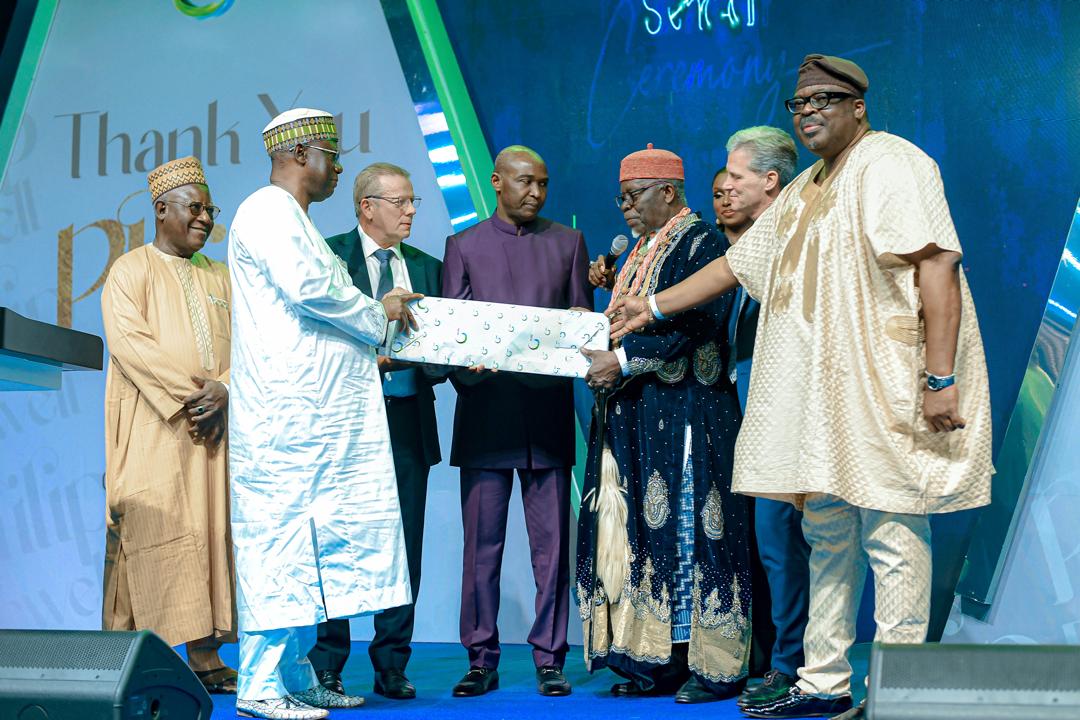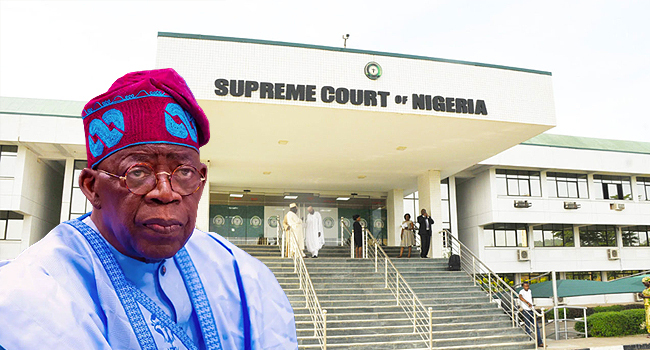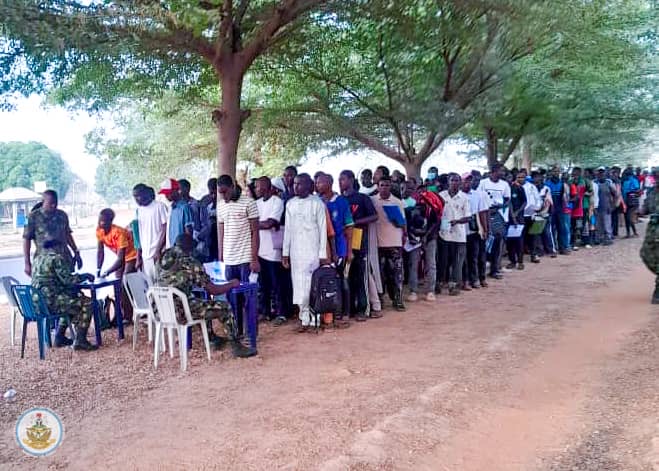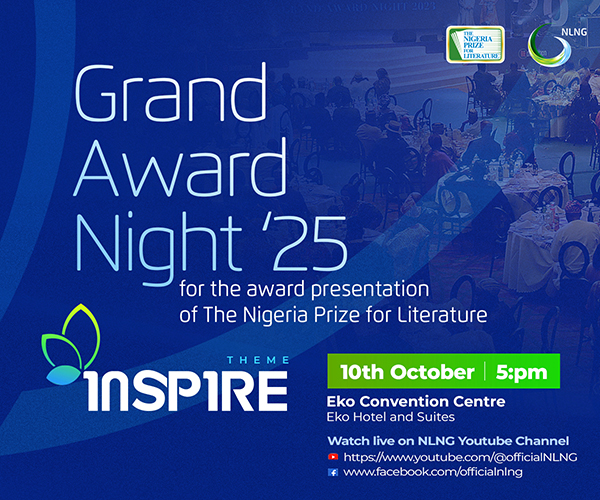National News
Nigeria to observe first lunar crescent on 28 February – NASRDA

The National Space Research and Development Agency (NASRDA) has announced that Nigeria is set to observe its first astronomical lunar crescent on 28 February 2025.
Dr Felix Ale, Director of Media and Corporate Communications at NASRDA, disclosed this in a statement on Saturday. He explained that the lunar crescent is expected to appear at 1:45 a.m. West African Time (WAT), a moment referred to as Crescent Zero Hour. At this time, the crescent may be sighted under favourable atmospheric conditions using optical instruments such as binoculars or telescopes.
According to Ale, the crescent will become visible to the naked eye on the evening of Friday, 28 February, between 6:17 p.m. and 7:35 p.m. across various locations in Nigeria.
Maiduguri will be the first city to witness the young lunar crescent, visible from 6:17 p.m. to 6:48 p.m., followed by Yola from 6:21 p.m. to 6:51 p.m.
Damaturu will observe the crescent between 6:22 p.m. and 6:53 p.m., while Kano, Katsina, Jos, and Kaduna will see it between 6:38 p.m. and 7:12 p.m.
In Enugu, the crescent will be visible between 6:42 p.m. and 7:32 p.m., with sunset and moonset occurring at 6:42 p.m. and 7:18 p.m., respectively.
The Federal Capital Territory (FCT) will experience the crescent between 6:44 p.m. and 7:15 p.m., with sunset and moonset around 6:44 p.m. and 7:20 p.m.
Lagos and Abeokuta will be the last cities to see the lunar crescent, between 6:59 p.m. and 7:30 p.m.
Ale noted that other locations across Nigeria would observe the lunar crescent at varying times within the estimated visibility window of 6:17 p.m. to 7:35 p.m. on the same day.
“For a clear view of the first lunar crescent, observers should use optical aids where necessary and ensure they are in areas with an unobstructed view of the western horizon after sunset,” he advised.
He added that the scientific report provided precise lunar crescent predictions for different locations, offering accurate guidance for individuals who rely on lunar observations for religious, cultural, and scientific purposes.
NASRDA encouraged researchers, scholars, and religious groups to utilise the findings and advised that those requiring further analysis could visit the agency’s official website: www.nasrda.gov.ng.
Dr Bonaventure Okere, Director of the Centre for Basic Space Science and Astronomy (CBSSA), a research centre under NASRDA, described the crescent as the initial stage of the moon’s cycle. He emphasised its significance in Islamic traditions, where it marks important events such as the commencement of the Ramadan fast.
“The Islamic faith follows moon phases to determine religious observances, while astronomers study the moon’s rising and setting cycles to define lunar days, which typically span 28 days,” Okere explained.
He further stated that astronomers rely on these cycles to develop lunar calendars and gain insights into the moon’s daily phases.
This celestial event represents a significant moment for both scientific research and cultural observances in Nigeria.
-
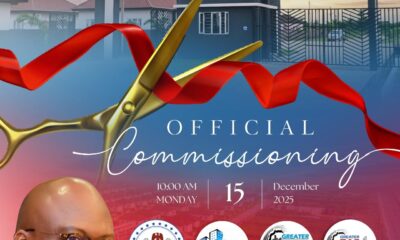
 News2 days ago
News2 days agoTAF Global delivers 1,000 affordable homes, wins big after Africa Housing Award
-

 News1 day ago
News1 day ago$5m School Fees: Dangote challenges NMDPRA boss to clear his name
-

 Business1 day ago
Business1 day agoNMDPRA Boss Farouk Ahmed cleared of corruption allegations
-

 News1 day ago
News1 day agoNetconstruct wins Best Residential Developer of the Year at Africa Housing Awards
-
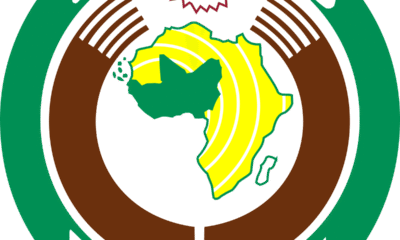
 World News1 day ago
World News1 day agoECOWAS warns coup plotters, vows sanctions in Guinea-Bissau crisis
-

 News1 day ago
News1 day agoSupreme Court affirms President’s power to declare State of Emergency
-

 News2 days ago
News2 days agoTranscorp Hilton Abuja ushers in the Holiday Season with a spectacular Christmas Tree lighting ceremony, exclusive festive packages
-

 Entertainment1 day ago
Entertainment1 day agoFRSC to prosecute TikTok influencer Peller over reckless driving






